Gears that Drive the Machinery of Agriculture
In the intricate world of agricultural machinery, gears are the unsung heroes that ensure seamless operation and efficient power transmission. From the fields where crops are sown and harvested to the various tasks on the farm, different types of gears play crucial roles. Among them, hollow shaft gear, agricultural machinery gears, tractor gear, rear axle gear, and internal spline gear stand out as key components, each with its own unique design and function.
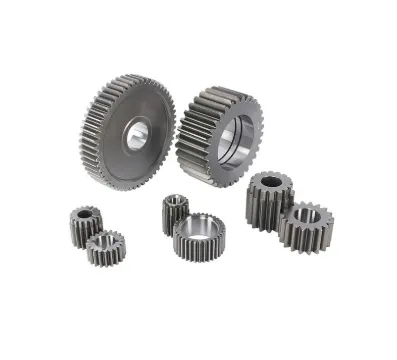
The Versatility of Hollow Shaft Gears in Agricultural Equipment
Gears are essential for the smooth functioning of agricultural machinery, and hollow shaft gear offers distinct advantages. In certain types of agricultural equipment, a hollow shaft gear provides the benefit of a central passage. This feature is particularly useful when there is a need to route cables, pipes, or other components through the gear shaft. For example, in some advanced irrigation systems integrated with agricultural machinery, the hollow space within the gear shaft can be used to carry hydraulic lines. This allows for a more compact and organized design, reducing the complexity of the machinery's layout. The hollow construction also helps in reducing the weight of the gear, which can contribute to improved fuel efficiency of the overall equipment, especially in large - scale farming operations where every bit of energy savings matters.
The Wide Array of Agricultural Machinery Gears
Agricultural machinery gears encompass a diverse range of components, each engineered to meet the specific demands of different farming tasks. These gears are designed to withstand the harsh conditions of the agricultural environment, including exposure to dust, moisture, and varying temperatures. In combine harvesters, specialized gears are used to drive the cutting, threshing, and separating mechanisms. These gears need to be highly durable and able to handle the high - torque loads generated during the harvesting process. In tillage equipment, such as plows and cultivators, gears are responsible for transmitting power to the rotating tines or blades. The design of agricultural machinery gears often involves a combination of different tooth profiles and materials to ensure maximum efficiency and longevity, enabling farmers to carry out their operations with reliability and productivity.
Tractor Gears: The Heart of Farm Mobility
Tractors are the workhorses of the farm, and tractor gear systems are central to their functionality. Tractors need to be able to operate at different speeds and handle various loads, and the gearbox is key to achieving this. The tractor's gearbox contains multiple tractor gears that allow the operator to shift between different ratios. When plowing a field, a lower gear ratio is selected to provide high torque at a slow speed, enabling the tractor to pull the heavy plow through the soil. On the other hand, when transporting goods on the farm or traveling on roads, a higher gear ratio is used to achieve greater speed with less engine effort. The precision engineering of tractor gears ensures smooth shifting and reliable power transfer, making tractors versatile and efficient machines for a wide range of agricultural activities.
The Critical Role of Rear Axle Gears
The rear axle of agricultural machinery, especially tractors, relies on rear axle gear for proper operation. The rear axle gear is responsible for transmitting power from the transmission to the wheels, enabling the machinery to move. In tractors, the rear axle gears play a crucial role in distributing torque evenly between the two rear wheels. This is essential for maintaining traction, especially when working on uneven or slippery terrain. For example, when a tractor is pulling a heavy trailer up a slope, the rear axle gears ensure that both wheels receive the appropriate amount of power to prevent wheel spin and maintain forward motion. Additionally, rear axle gears can also be designed with differential functionality, allowing the wheels to rotate at different speeds during turns, which improves the maneuverability of the machinery on the farm.
Internal Spline Gears: Precision in Power Transmission
Internal spline gear is another important component in agricultural machinery, known for its precise power - transmission capabilities. These gears feature an internal toothed pattern that meshes with external splines on shafts or other components. In agricultural equipment, internal spline gears are often used in applications where accurate alignment and high - torque transfer are required. For instance, in the power take - off (PTO) systems of tractors, internal spline gears ensure a secure connection between the PTO shaft and the attached implements. This allows for efficient transfer of power from the tractor's engine to equipment such as mowers, balers, and generators. The internal spline design provides a larger contact area between the gear and the mating component, resulting in enhanced load - carrying capacity and reduced wear, which is crucial for the long - term reliability of agricultural machinery.
Gear - Related FAQs
Maintenance Tips for Agricultural Gears
To ensure the longevity of agricultural machinery gears, regular maintenance is essential. First, keep the gears clean by removing dirt, debris, and excess grease. This can be done using appropriate cleaning solvents and brushes. Lubrication is also crucial; use high - quality gear oil recommended by the manufacturer and change it at the specified intervals. Inspect the gears regularly for signs of wear, such as chipped teeth or excessive play. If any damage is detected, repair or replace the gears promptly to prevent further damage to the machinery.
Choosing the Right Gears for Agricultural Equipment
When selecting gears for agricultural machinery, several factors need to be considered. The type of application and the load requirements are key. For heavy - duty tasks like plowing, gears with high - torque - handling capabilities are necessary. Also, consider the operating environment; gears used in dusty or wet conditions may require additional protection or specific materials. Compatibility with existing machinery components, such as shafts and housings, is another important aspect. Consulting with gear manufacturers or industry experts can help in making the right choice for optimal performance.
Can Gears from Different Manufacturers Be Interchanged?
In general, gears from different manufacturers may not be directly interchangeable. Even if the gears appear to have similar dimensions, differences in tooth profiles, material quality, and manufacturing tolerances can affect their performance. Each manufacturer designs gears to work within a specific system, and substituting gears without proper consideration can lead to issues such as poor meshing, increased wear, and reduced efficiency. If replacement gears are needed, it is best to use gears from the same manufacturer or ones that are specifically designed as direct replacements for the original equipment.
How Do Gear Ratios Impact Agricultural Machinery Performance?
Gear ratios in agricultural machinery, such as those in tractor gears, have a significant impact on performance. A lower gear ratio provides more torque but at a slower speed, which is ideal for tasks that require high pulling power, like tilling or hauling heavy loads. A higher gear ratio, on the other hand, allows for faster speeds with less torque, suitable for tasks like transporting goods on flat terrain or road travel. Selecting the appropriate gear ratio ensures that the machinery operates efficiently, reducing fuel consumption and wear on the engine and other components.
Are There Any New Technologies in Agricultural Gear Design?
Yes, there are ongoing advancements in agricultural gear design. New materials with improved strength - to - weight ratios and enhanced wear resistance are being developed. Additionally, computer - aided design (CAD) and simulation technologies are being used to optimize gear tooth profiles for better efficiency and reduced noise. Some gears are now being designed with self - lubricating properties or features that allow for easier maintenance. These technological improvements aim to make agricultural machinery more reliable, efficient, and cost - effective in the long run.
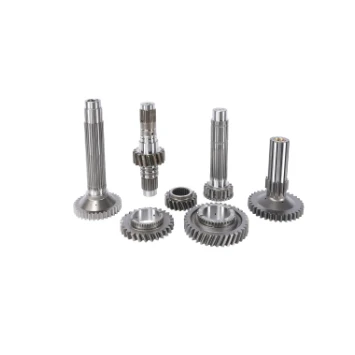
The agricultural and industrial machinery sector is experiencing remarkable growth, and at the heart of this expansion lies the trade and supply of tractors.
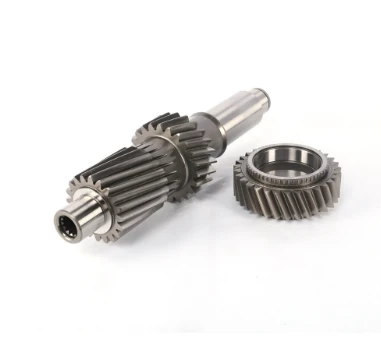
In the world of heavy - duty construction, the seamless operation of machinery is crucial for large - scale projects.
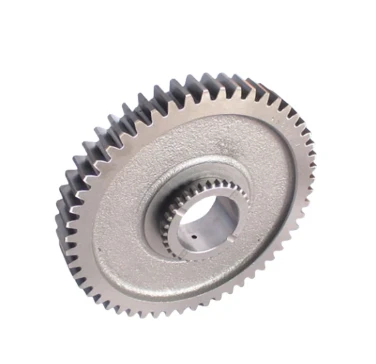
The world of tractors is vast and varied, catering to both practical agricultural needs and the passionate interests of collectors.
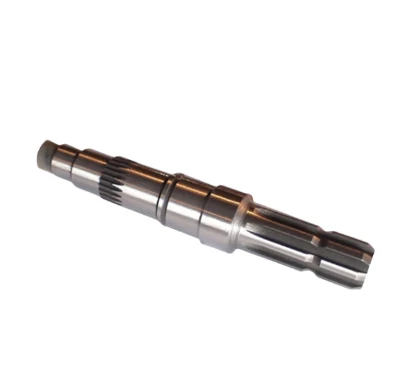
The agricultural and construction machinery landscape is constantly evolving, with tractors standing as essential workhorses for a variety of tasks.
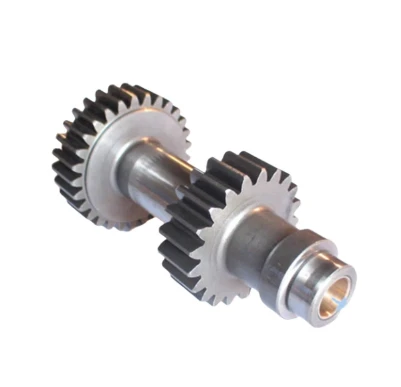
In the intricate world of mechanical engineering, gears are fundamental components that enable the seamless transfer and manipulation of power.
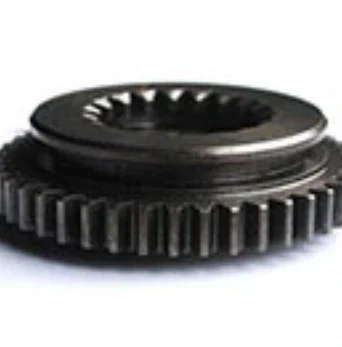
The market for tractors is a bustling hub, catering to a wide range of needs from large - scale farming operations to small - scale gardening projects.
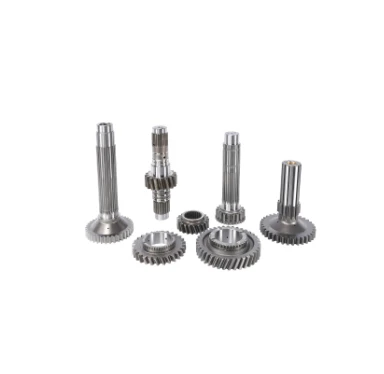
In the dynamic world of farming, machinery has become an essential part of efficient and productive operations.
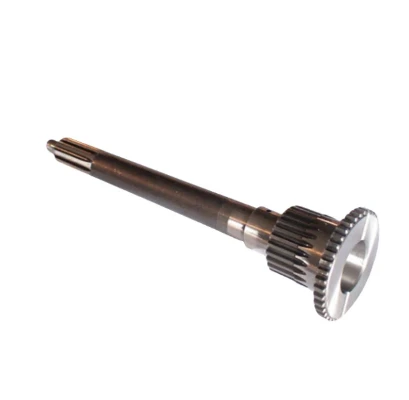
In the expansive realm of agriculture, various tools and machines play crucial roles in ensuring efficient crop production and overall farm management.
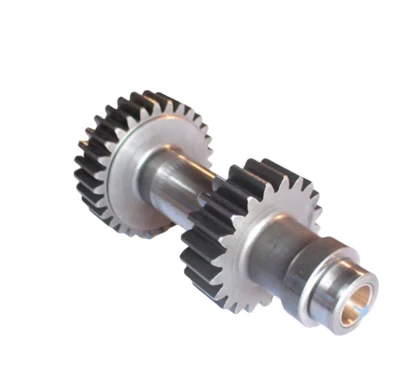
Tractors are essential workhorses in the agricultural and construction sectors, playing a pivotal role in a wide range of tasks.
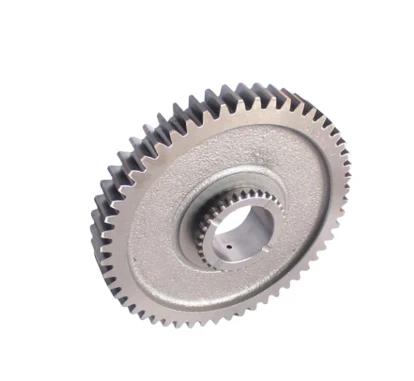
The agricultural and construction sectors rely heavily on tractors for their operations, and the entities involved in the production, distribution, and pricing of these machines shape the industry's trajectory.
International layout
Spread all over the world
our products are exported to various parts of the world. Currently, our products have been exported to more than 40 countries Our products cover Asia, Europe, Africa, South America, North America, and Oceania
Sign up
for Newsletter
Subscribe to the weekly newsletter for all the latest updates







